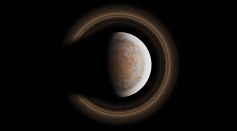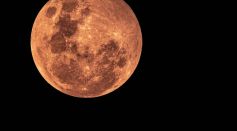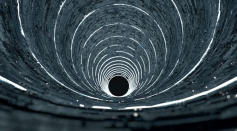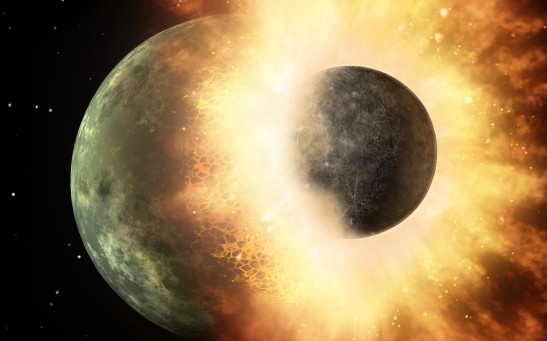Tags: Extraterrestrial Life

Extraterrestrial Life Potentially Exists in the 'Terminator Zone' of Distant Exoplanets, Study Suggests

Aliens in the Solar System? Saturn's Enceladus and Titan, Jupiter's Europa Are Likely Habitats, Scientists Say

Life on Venus? Planet's Clouds Could Host Extraterrestrial Intelligence
Space Probes Between Humans, Extraterrestrials Will Have Extraordinary Disparity That We Couldn't Reverse-Engineer [REPORT]

Extraterrestrial Life Forms Might Be Waiting for the Right Time to Contact Earth, New Study Suggests

Life Could Be Detected on Saturn's Moon "Enceladus" Even Without Descending on It, Specialists Say

Will Extraterrestrial Signal Detections Lead to Chaos Among Humans? Scientists Think So

Recent Study Reveals Possibilities of Detecting Gravitational Waves From Extraterrestrial Sources

In Search For Alien Life: Wild Paper Claims Gravitational Wave Observatories Could Search for Warp Drive Signatures
Scientists Foresee a Major Breakthrough in Their Search For Intelligent Extraterrestrial Life

Space Exploration: Scientists Suggest Nitrous Oxide Could Be Found Outside Earth, a Sign of Extraterrestrial Life

Communication With Extraterrestrial Life Could Be Challenging When Humans Encounter Them Due to Language Barriers, Experts Claim

Experts May Finally Have the Answer Why Extraterrestrial Life Has Not Visited the Earth Yet

Encounter With Hostile Extraterrestrial Civilization Will End Planet Earth, Expert Warns
China Announces Its 'Sky Eye' Telescope May Have Detected Signals From Extraterrestrial Life or Civilization Beyond Earth

Four Hostile Extraterrestrial Civilizations Might Be Lurking in the Milky Way, According to Conflict Resolution Expert

Finding Extraterrestrial Life? Look for Binary Star Systems, Study Suggests

Harvard Astronomy Expert Suspects Extraterrestrial Tech Crashed to Pacific, Develops a Search Party to Find Interstellar Meteor

Methane Could Be The Key to Identifying Life as James Webb Space Telescope Search for ‘Biosignatures' on Other Planets

Australian Astronomers Spend 7 Hours Listening, Searching for Chances of Life in the Milky Way
Most Popular

Dark Matter Explained: What We Know, What We Don't, and How It Shapes Cosmic Structure

Ocean Acidification, Marine pH Change, and CO2 Absorption: How Coral Reef Damage and Shellfish and Plankton Impacts Threaten Marine Life

Solar Storm Risks: How Geomagnetic Storms Threaten Earth's Power Grids and Satellites

Memory and Learning: How the Brain Stores, Retrieves, and Forgets Information





